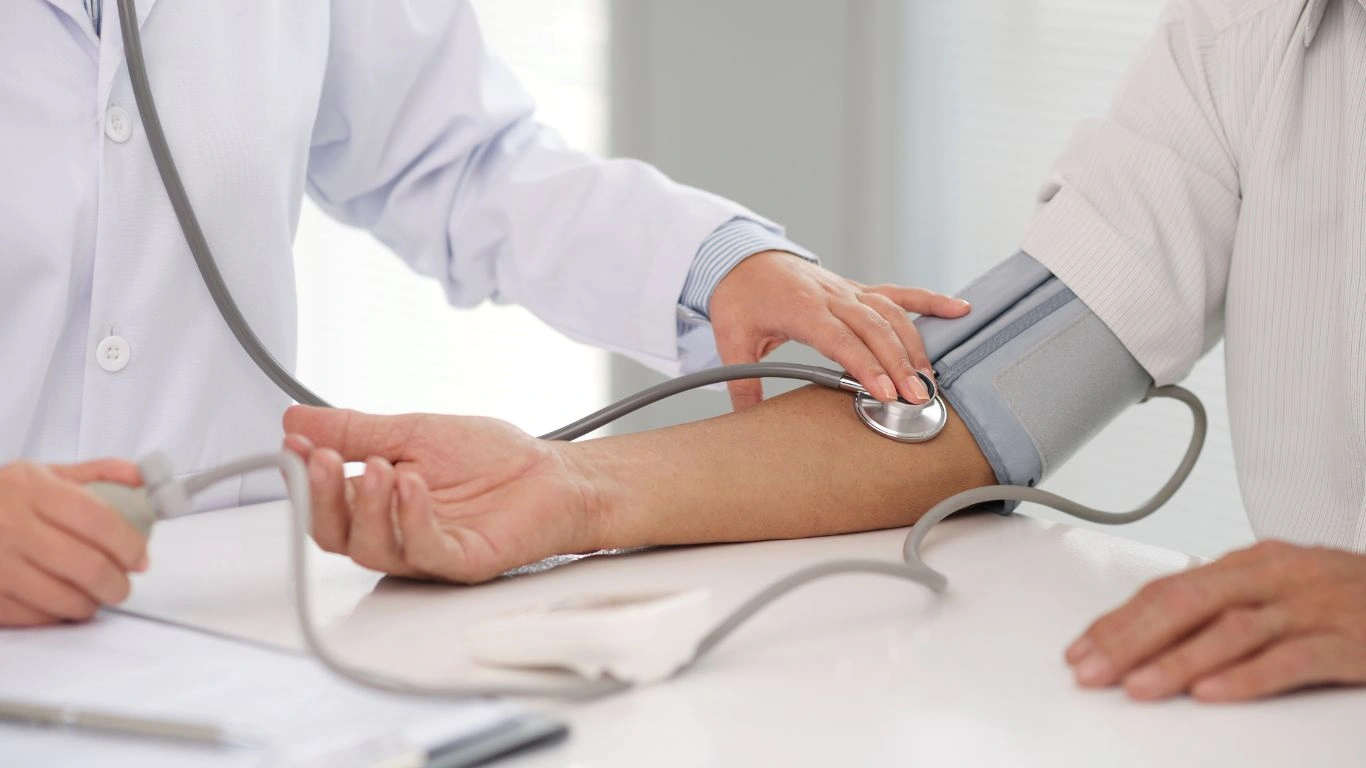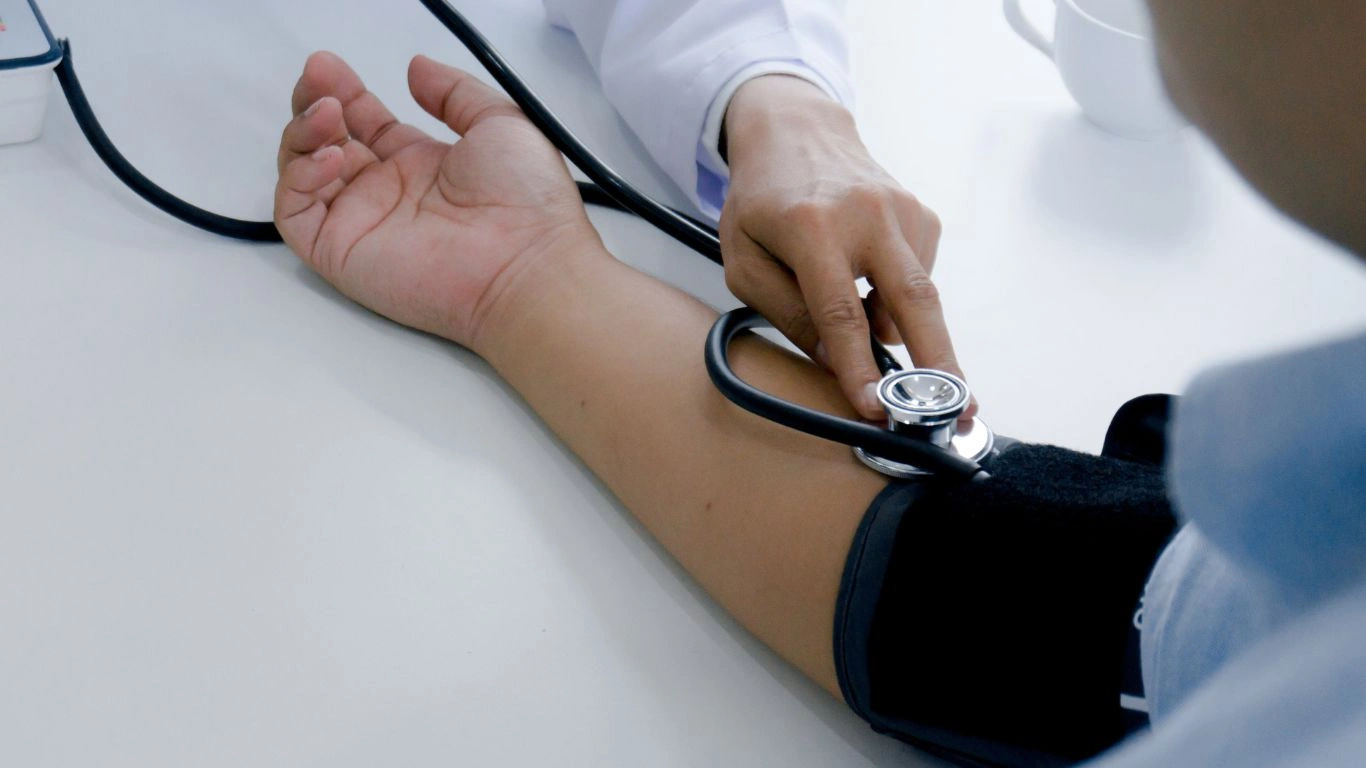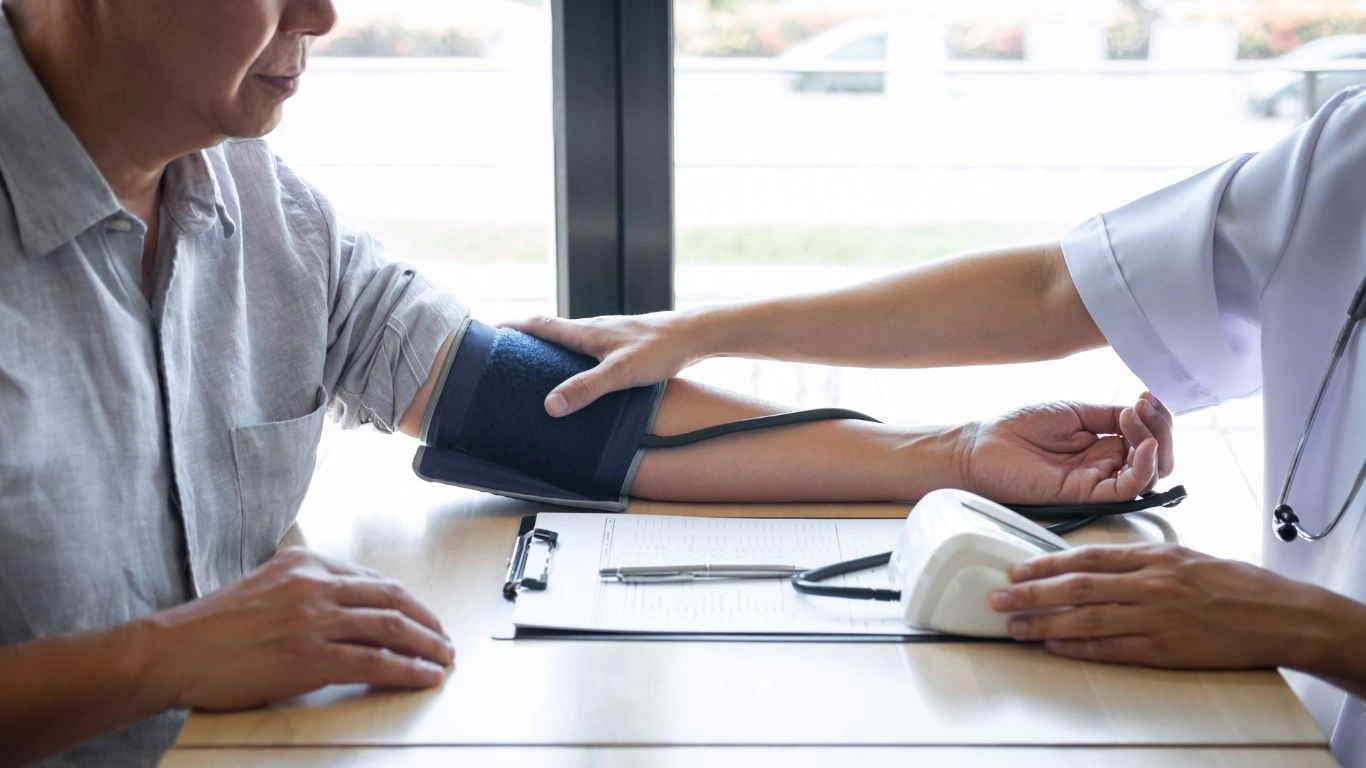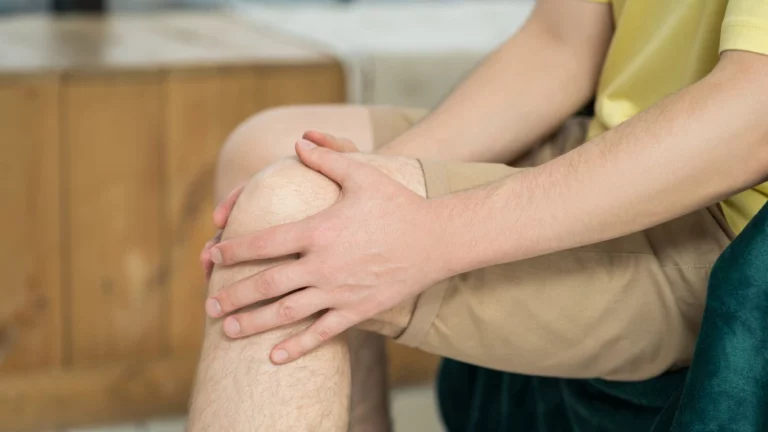Shocking Truth: Can Long Naps Raise Blood Pressure Risks?
As an internal medicine physician specializing in hypertension management, I often get asked a question that might surprise you: can long naps raise blood pressure? It sounds counterintuitive, right? After all, naps are supposed to be restful breaks that help recharge us. But the truth is a bit more nuanced, especially when it comes to blood pressure and cardiovascular health. Over years of clinical practice, I’ve noticed patterns in how different sleep habits, including the length of naps, can impact my patients’ blood pressure readings. So, let’s dive into what the research says and what I’ve seen firsthand.
Understanding Blood Pressure and Sleep

Blood pressure isn’t just a random number—it’s a dynamic value that fluctuates throughout the day. Normally, your blood pressure dips during nighttime sleep, a phenomenon called “nocturnal dipping.” This is a good sign, indicating your cardiovascular system is getting some rest. But when sleep patterns get disrupted or irregular, including through daytime naps, it can throw off this natural rhythm.
In my experience treating patients with hypertension, I’ve seen that not all naps are created equal. A quick 20-minute power nap often helps lower stress and even has a modest benefit on blood pressure. However, naps that stretch beyond an hour or two might actually have the opposite effect, especially if taken later in the day or in people with pre-existing high blood pressure.
How Long Naps Might Impact Blood Pressure
There’s growing evidence that long naps—say, over 60 minutes—can be linked to higher blood pressure. Why? One theory relates to the body’s sleep cycles. During long naps, the body often enters deeper stages of sleep. Waking up from these deeper sleep stages can cause sleep inertia—grogginess and a temporary spike in stress hormones like cortisol and adrenaline. These hormones can cause blood vessels to constrict and blood pressure to rise.
Another factor is that extended daytime sleeping can disrupt your nighttime sleep, leading to fragmented sleep or even insomnia. Poor nighttime sleep quality is a well-known risk factor for elevated blood pressure. In patients who already have hypertension, this disruption can worsen their condition.
In clinic, I always ask patients about their sleep habits, including naps, because I’ve noticed that those who regularly take long naps often report poorer blood pressure control despite following medication regimens. It’s not a one-size-fits-all, but it’s a significant piece of the puzzle.
What the Research Says: Can Long Naps Raise Blood Pressure?

Several large-scale studies have looked into the relationship between napping duration and blood pressure. A pattern that emerges is that naps longer than an hour are associated with increased risk of hypertension, particularly in older adults. One plausible explanation is that longer naps reflect underlying health issues or poor nighttime sleep, both of which affect blood pressure.
For example, a study published in the Journal of Hypertension found that individuals who took naps longer than 90 minutes were more likely to have elevated blood pressure readings compared to those who napped briefly or not at all. Another study emphasized that short naps (under 30 minutes) were either neutral or beneficial, showing no negative impact on blood pressure.
While correlation doesn’t always imply causation, these studies highlight a potential link worth considering—especially if you’re someone managing hypertension or at risk for cardiovascular disease.
Key Factors That Influence Nap Effects on Blood Pressure
- Nap length: Short naps (20-30 minutes) tend to be restorative and less likely to disrupt nighttime sleep.
- Nap timing: Early afternoon naps are usually better tolerated than late afternoon or evening naps, which can interfere with nighttime sleep.
- Individual health status: People with pre-existing hypertension or sleep disorders might be more sensitive to long naps’ effects.
- Quality of nighttime sleep: If you’re already sleep-deprived or have poor sleep quality, long naps may be compensatory but can also disrupt circadian rhythms.
From what I see daily, the best advice is to keep naps brief and early in the day, especially if you’re watching your blood pressure closely.
Tips to Manage Napping Without Raising Blood Pressure

After seeing the potential downsides of long naps on blood pressure, many patients ask me, “So, should I just avoid naps altogether?” Not necessarily. Napping can be a helpful way to boost energy and reduce stress when done right. The trick lies in how you approach it.
Based on my years of clinical experience and the latest research, here are some practical tips I often share to help you nap without negatively impacting your blood pressure:
- Keep naps short: Aim for 20 to 30 minutes max. This “power nap” length helps you avoid deep sleep stages, reducing grogginess and stress hormone spikes.
- Nap earlier in the day: Try to nap before 3 p.m. Napping late in the afternoon or evening can interfere with your natural nighttime sleep cycle, leading to poorer sleep and potentially higher blood pressure.
- Create a relaxing environment: A quiet, comfortable space with minimal distractions will help you fall asleep quickly and wake up refreshed.
- Listen to your body: If you notice that napping longer or at certain times worsens your blood pressure readings or leaves you feeling groggy, adjust accordingly.
- Stay consistent with your nighttime sleep: Naps should complement—not replace—a good night’s rest. Aim for 7 to 8 hours of quality sleep at night.
Personally, I’ve seen patients who adopted these habits report better energy levels without their blood pressure creeping up. It’s all about balance and paying attention to your individual responses.
Sleep Disorders, Napping, and Hypertension: What You Should Know

Another important piece of the puzzle is how underlying sleep disorders impact both napping behavior and blood pressure. In my practice, it’s common to uncover conditions like sleep apnea or restless leg syndrome in patients struggling with uncontrolled hypertension.
Sleep apnea, for instance, is a condition where your breathing repeatedly stops and starts during sleep, leading to poor oxygen levels and fragmented rest. People with untreated sleep apnea often feel excessively tired during the day, which might lead them to take longer naps. Unfortunately, sleep apnea itself is a significant risk factor for high blood pressure because the repeated oxygen deprivation triggers stress responses in the body.
So, if you find yourself needing long naps regularly and have high blood pressure that’s hard to control, it might be worth discussing sleep testing with your doctor. In many cases, treating the underlying sleep disorder can improve both your daytime energy and your blood pressure control.
In my experience, integrating sleep studies and managing sleep apnea has been a game changer for many hypertensive patients who previously struggled despite medication. It’s a reminder that blood pressure management isn’t just about pills—it’s about understanding and treating the whole person.
How Napping Patterns Could Signal Deeper Health Issues
Long or frequent naps aren’t always just a lifestyle choice; sometimes, they can be a symptom of something bigger. Chronic fatigue, depression, or other medical conditions might cause excessive daytime sleepiness. These conditions themselves can affect blood pressure either directly or indirectly.
For example, depression is often linked with poor sleep quality and can elevate stress hormones, which raise blood pressure. Similarly, chronic fatigue might push someone toward longer naps that disrupt their circadian rhythm. If you notice you need long naps daily and still feel tired, it’s a good idea to have a thorough health check-up to rule out or manage these underlying causes.
Balancing Rest and Heart Health: Personal Insights from My Practice

Over the years, I’ve learned that managing hypertension effectively is about more than just medication and diet. It involves lifestyle tweaks, stress management, and yes, even how you handle naps. I always encourage my patients to be mindful of their sleep patterns and share honest feedback about how they feel during the day.
One patient, a middle-aged woman with stubborn hypertension, was struggling despite multiple medications. She mentioned her habit of taking two-hour afternoon naps. After we adjusted her napping habits—shorter and earlier in the day—her blood pressure started to stabilize. This real-world example underscores how small changes can have a big impact.
It’s also important to remember that everyone’s body responds differently. While some people thrive on a quick nap, others might find any daytime sleeping throws off their rhythm. The key is to observe and adapt based on what your body tells you.
If you’re managing high blood pressure, keeping a sleep diary can be a helpful tool to track how nap duration and timing affect your readings and overall well-being. Pair this with regular blood pressure monitoring, and you’ll have a better picture to discuss with your healthcare provider.
Practical Strategies to Optimize Your Blood Pressure and Napping Habits

So, where do you go from here if you’re wondering, can long naps raise blood pressure? The good news is, you can absolutely enjoy the benefits of rest without putting your heart health at risk. It’s about adopting habits that support both your sleep quality and cardiovascular system.
Here are some evidence-backed, practical strategies I’ve seen work well for patients managing hypertension and curious about naps:
- Set a nap timer: Use an alarm to keep naps within 20 to 30 minutes. This prevents entering deep sleep cycles that can cause grogginess and stress hormone surges.
- Maintain a consistent sleep schedule: Going to bed and waking up at the same time every day helps regulate your body’s internal clock, reducing the need for long daytime naps.
- Prioritize nighttime sleep: Focus on improving the quality of your main sleep session by creating a calm environment, limiting caffeine, and avoiding screens before bed.
- Stay physically active: Regular exercise supports better sleep patterns and helps keep blood pressure in check.
- Manage stress: Practices like meditation, deep breathing, or even light yoga can lower overall stress and help you feel less fatigued during the day.
From my clinical perspective, combining these habits not only supports blood pressure management but also enhances overall well-being. It’s all interconnected: better sleep, less stress, and healthier heart numbers.
When to See a Doctor About Your Napping and Blood Pressure

While short, well-timed naps are usually harmless, some situations call for a closer look with your healthcare provider. If you experience any of the following, it’s time to have an open conversation with your doctor:
- Persistent high blood pressure despite lifestyle changes and medication.
- Excessive daytime sleepiness that forces you to take long naps regularly.
- Symptoms suggestive of sleep disorders, such as loud snoring, gasping for air at night, or restless sleep.
- Sudden changes in your energy levels or unusual fatigue.
- Any signs of heart problems, including chest pain, palpitations, or shortness of breath.
In my practice, uncovering these red flags early can make a huge difference. We can explore diagnostic options like 24-hour blood pressure monitoring or sleep studies to get to the root of the problem. Treating underlying issues, whether it’s sleep apnea or another health condition, often leads to improved blood pressure control and better daytime energy.
How I Approach This With My Patients
I like to approach blood pressure and sleep management as a partnership. I encourage my patients to be curious and proactive—keeping track of their sleep habits, blood pressure readings, and how they feel overall. It’s amazing what we can learn just by paying attention.
One tip I share often: don’t underestimate the power of small, consistent changes. Even reducing your nap time by 10 minutes or shifting your nap to an earlier hour can have positive effects. These incremental steps add up.
Remember, managing hypertension is a marathon, not a sprint. Patience and persistence go a long way.
References and Resources
- American Heart Association – Trusted info on blood pressure and heart health.
- Sleep Foundation – Expert resources on sleep hygiene and disorders.
- American Gastroenterological Association – For related research on sleep and systemic health.
Disclaimer
This article is intended for informational purposes only and does not replace professional medical advice. If you have concerns about your blood pressure, sleep habits, or overall health, please consult with your healthcare provider for personalized guidance and treatment.

Dr. Gwenna Aazee is a board-certified Internal Medicine Physician with a special focus on hypertension management, chronic disease prevention, and patient education. With years of experience in both clinical practice and medical writing, she’s passionate about turning evidence-based medicine into accessible, actionable advice. Through her work at Healthusias.com, Dr. Aazee empowers readers to take charge of their health with confidence and clarity. Off the clock, she enjoys deep dives into nutrition research, long walks with her rescue pup, and simplifying medical jargon one article at a time.






